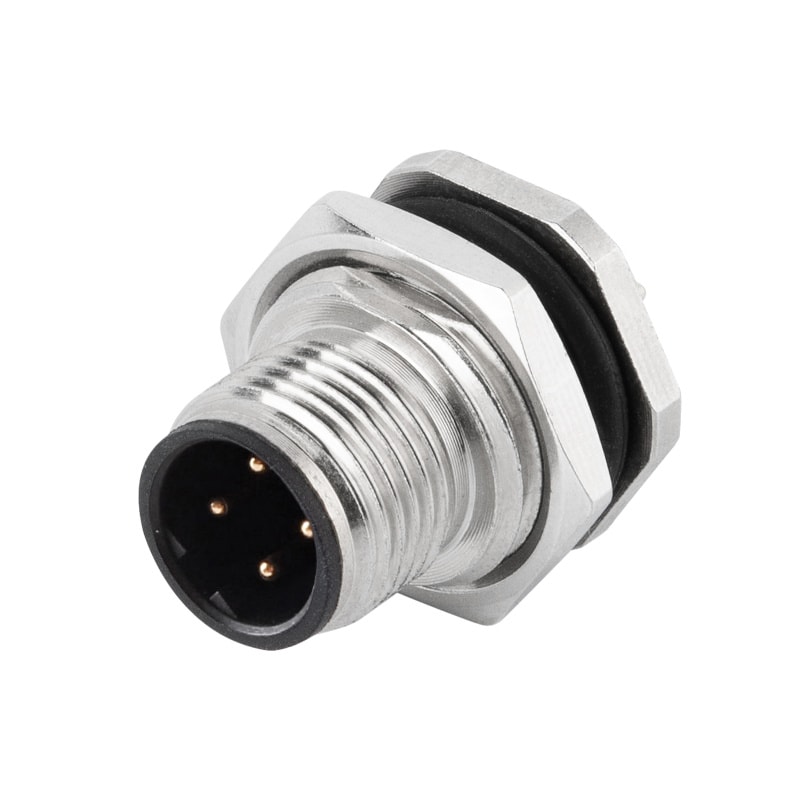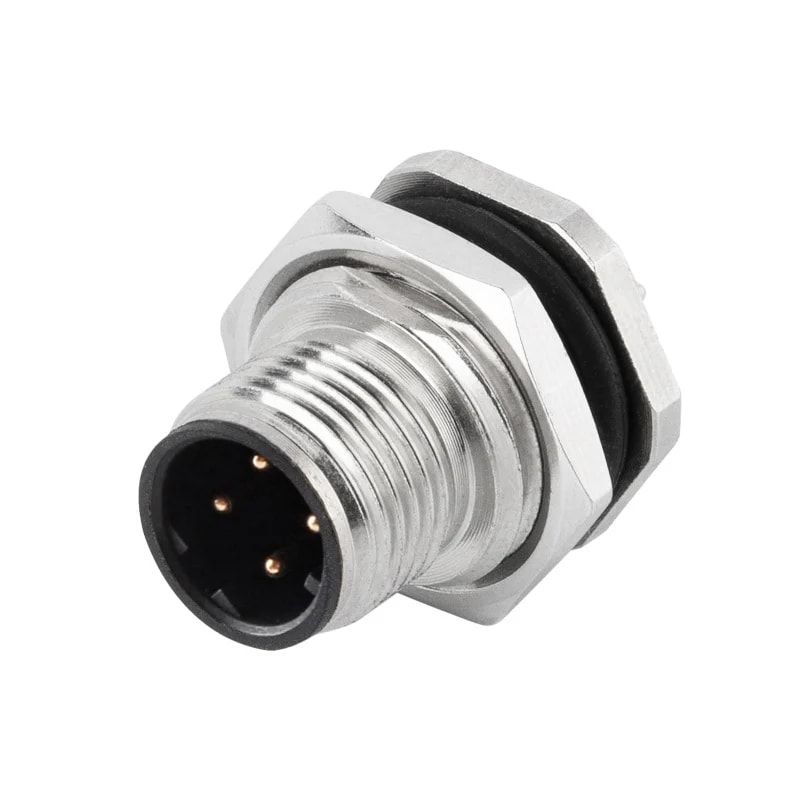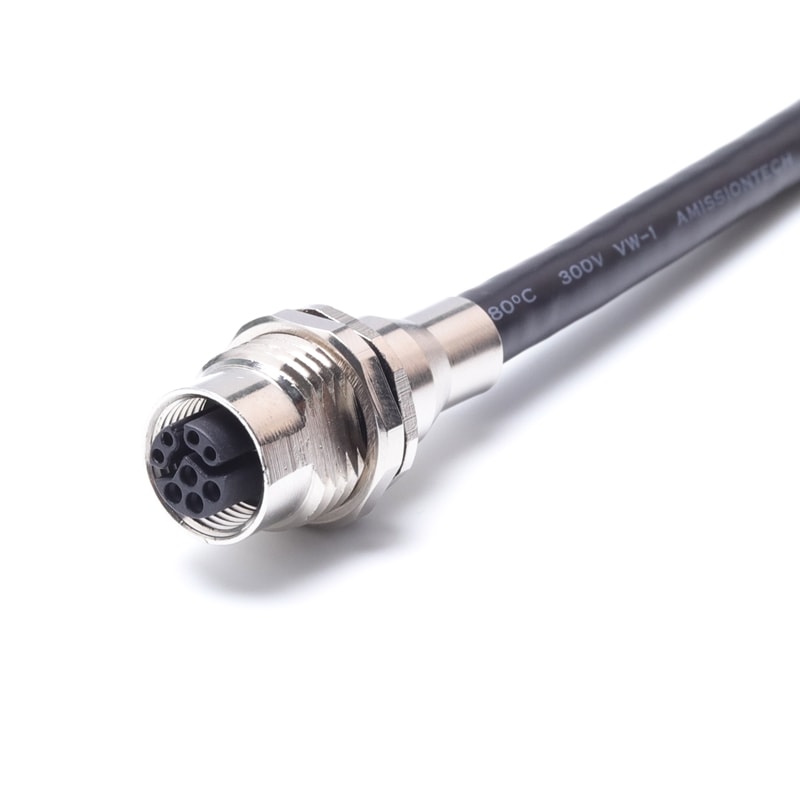Understanding the Different Types of Connector Locking Mechanisms
Views: 7737
Author: Site Editor
Publish Time: 2024-10-24
Origin: Site
When selecting the right connector for your application, understanding the various locking mechanisms is crucial to ensuring a secure and reliable connection. Connector locking systems prevent accidental disconnection and can enhance the environmental durability of the connection. Here, we’ll explore six popular types of connector locking mechanisms and their typical applications.
1. Bayonet Locking
The bayonet system operates by aligning a plug with a receptacle and rotating it until a distinct click is heard. This locking mechanism is widely used in circular connectors and provides excellent resistance to vibration and shock, making it ideal for outdoor and industrial environments. A simple 1/3 turn locks or unlocks the connector, allowing for quick engagement.
2. Screw Locking
Screw locking, also known as threaded coupling, provides a more robust connection. Circular connectors with screw threads ensure a tight seal, enhancing both mechanical stability and environmental protection. In rectangular connectors, screws are often used to secure larger connectors in place, especially in applications requiring high torque and vibration resistance.

3. Snap-In Locking
Snap-in mechanisms are known for their ease of use. These connectors simply snap into place and can be easily pulled apart. Though ideal for applications requiring quick and frequent disconnections, such as test equipment, their lower retention strength increases the risk of accidental disconnection.
4. Push-Pull Locking
Push-pull connectors are designed for secure yet simple operation. The two halves of the connector snap together with an internal latch system that prevents accidental uncoupling. This mechanism is common in medical and military applications, where fast yet reliable connections are essential. To release, the user must squeeze and pull, making accidental disconnections highly unlikely.

5. Latch Locking
Latch locking relies on spring-loaded mechanisms to secure the connection. Rectangular connectors typically use plastic latches for light-duty applications, while circular connectors may feature metal latches, such as steel, for high-stress environments. This mechanism is both rugged and reliable in field applications.
6. Lever Locking
Lever locking uses an external latch to secure the connection. The lever pivots into place to lock the connector halves together, providing enhanced shock and vibration resistance. Lever systems are frequently used in industrial and automotive sectors, where robust and secure connections are required.
Conclusion
Choosing the right connector locking mechanism depends on your application’s specific needs. Whether you need a system that ensures ease of use, resistance to harsh environments, or quick connect/disconnect capabilities, the correct locking mechanism will enhance the overall performance and reliability of your system.
Amissiontech specializes in providing high-quality connector solutions with advanced locking mechanisms designed to meet the diverse needs of industries worldwide. Explore our range of connectors today to find the perfect solution for your project. For more information, contact Amissiontech's team of experts and let us help you build connections that last.

 EN
EN DE
DE JP
JP ES
ES SE
SE FR
FR IT
IT CN
CN 한국어
한국어 ภาษาไทย
ภาษาไทย بالعربية
بالعربية Nederlands
Nederlands Türkçe
Türkçe Język polski
Język polski Tiếng Việt
Tiếng Việt Zulu
Zulu Bahasa Malay
Bahasa Malay



